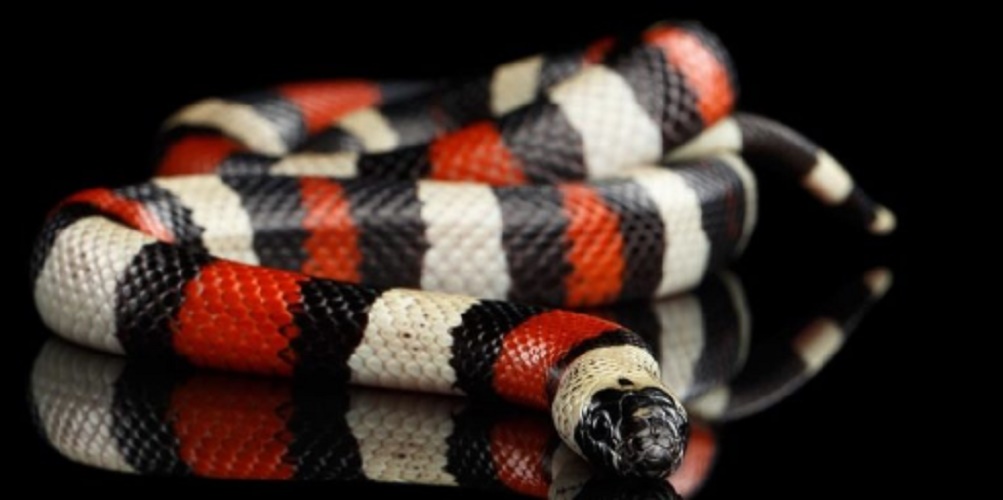What is mimicry?
We explain what mimicry of living beings is, what it is for, types and examples. In addition, differences between mimicry and camouflage.
-
What is mimicry?
Mimicry is the ability of certain living beings to superficially resemble others , with whom they lack any taxonomic or evolutionary link. It is a survival mechanism designed to deceive the senses of animals with which habitat is shared , and induce in them some determined behavior.
Mimicry is a common strategy among living beings, both animal and vegetable, that allows them to avoid their predators , or maximize their reproduction strategies , hiding their true nature through visual, olfactory, auditory, tactile deception, etc.
Like all other biological competition strategies , mimicry is the result of the selective pressures of the joint evolution of different species . Not to be confused with camouflage ( crypsis )
-
Types of mimicry

There are three basic forms of mimicry, which are:
- Self – mimicry . It takes place when a living being disguises a part of its body with the appearance of another more vulnerable, to direct the attack of its possible predators towards the non-vital areas of the body. This allows them to survive the attack and escape, while sacrificing some non-vital region of the body.
- Aggressive mimicry . It consists of the copy by a predator or parasitic species , of the appearance of another harmless species, in order to hide its nature and have easy access to its prey or host.
- Batesian mimicry . It occurs when an animal copies the appearance or behavior of another more dangerous or disgusting, thus discouraging the attacks of its predators. It gets its name from the English naturalist Henry Walter Bates (1825-1892), who was the first to study it.
- Mullerian mimicry . It consists of the similar appearance developed by two different species, equipped with the same defense mechanism (bad taste, poison, etc.) and the same predator, to ensure greater survival. The predator will eat only one individual of any of the two species and in the future he will learn to avoid them both. It is a collaborative mimicry and also gets its name from the main student of its dynamics, the German biologist Fritz Müller (1821-1897).
-
Mimetism and camouflage

Mimicry and camouflage should not be confused. If the animal disguises itself as another, it is mimicry; If it acquires the background colors, it is camouflage.
Mimicry consists in copying the appearance or behavior of another living being for the benefit of the weakest.
Camouflage, on the other hand, aspires to hide an individual in their environment , that is, to make it indistinguishable, usually through changes in color, imitative structures or changes in apparent texture.
-
Examples of animal and plant mimicry

Here are some examples of mimicry:
- Some species of butterflies such as Mycalesis patnia , or fish such as Chaetodon charioteer , have round spots on their extremities (wings or fins) called ocelli. Round and black, they generally resemble the eyes of a predator, serving to scare off some attackers or to direct the attack towards non-vital regions of the body.
- Coral snakes, of enormously poisonous bite, are imitated by false corals ( Lampropeltis triangulum ) by copying their colors , using this deception to ward off possible predators.
- Ophrys speculum plants have a flower that perfectly mimics the appearance of a female bee, to get males to approach and transport pollen to other plants of the same species.
- The orchid mantis ( Hymenopus coronatus ) is a fierce predator that hides behind the appearance of an orchid, copying its colors and shapes to become indiscernible from it and thus hunt with less effort.



